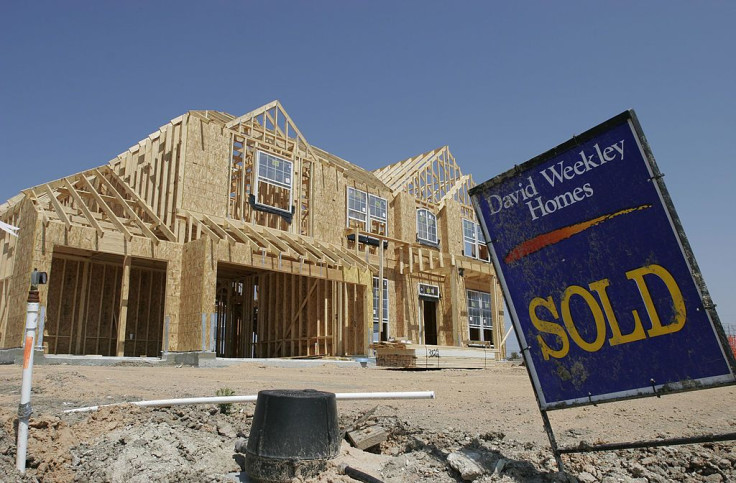Housing Stays Weak, Existing Home Sales Drop More Than Expected In March

The U.S. housing market remains distressingly weak, with data published Monday showing existing home sales fell a more-than-expected 4.9 percent to a seasonally adjusted annual rate of 5.21 million units in March.
A poll of economists by the International Business Times had forecast a consensus estimate of a 3.5 percent drop in existing home sales. Existing home sales comprise some 90 percent of U.S. total home sales.
February's existing home sales data was revised to 11.2 percent, or 5.48 million units, from an earlier reading of 11.8 percent, or 5.51 million.
Data on new home sales for March will be published at 10 a.m. Tuesday (23 March). Consensus estimates from the IBT poll forecast new home sales in March would fall 1.5 percent to 646,000 units, from a 4.9 percent month-on-month growth recorded in February.
Existing home sales saw reductions in all four regions last month. There were 1.68 million previously owned homes on the market in March, up from 1.63 million in February. At March’s sales tempo, it might take at least 3.9 months to exhaust the current inventory, compared to 3.6 months in February.
Steep sales declines were also recorded at the lower and upper ends of the housing market in March.
Overall, affordability is being helped along by falling mortgage rates, moderate wage growth and slower house price inflation. Despite this upside, housing supply remains tight (especially at the lower end of the market) since land and labor shortages are making it difficult for builders to boost construction in this market segment.
The larger-than-expected drop in existing home sales for March comes before the busy spring selling season when home sales normally rise. The tepid housing market continues to go in a direction opposite to that of the broader economy, which is regaining growth after slowing down at the start of the year.
Other indicators of construction activity are also downbeat. The Department of Commerce reported last Friday that housing starts fell to 1.139 million units in March, the lowest level since May 2017. This was the second straight monthly drop in home building.
The decline also pushed housing starts well below the 1.5 million to 1.6 million units per month range that realtors say is needed to alleviate the supply shortage.
Realtors also say houses for sale stayed on the market for 36 days in March, down from 44 days in February but up from 30 days a year ago. Some 47 percent of homes sold in March were on the market for less than a month.

First-time buyers accounted for a third of sales in March, little changed from February but a 30 percent increase from a year ago. Economists and realtors estimate a 40 percent share of first-time buyers is needed for a robust housing market.
In a survey last week, home builders reported strong demand for new homes in April. But they complained about “affordability concerns stemming from a chronic shortage of construction workers and buildable lots.”
© Copyright IBTimes 2025. All rights reserved.





















